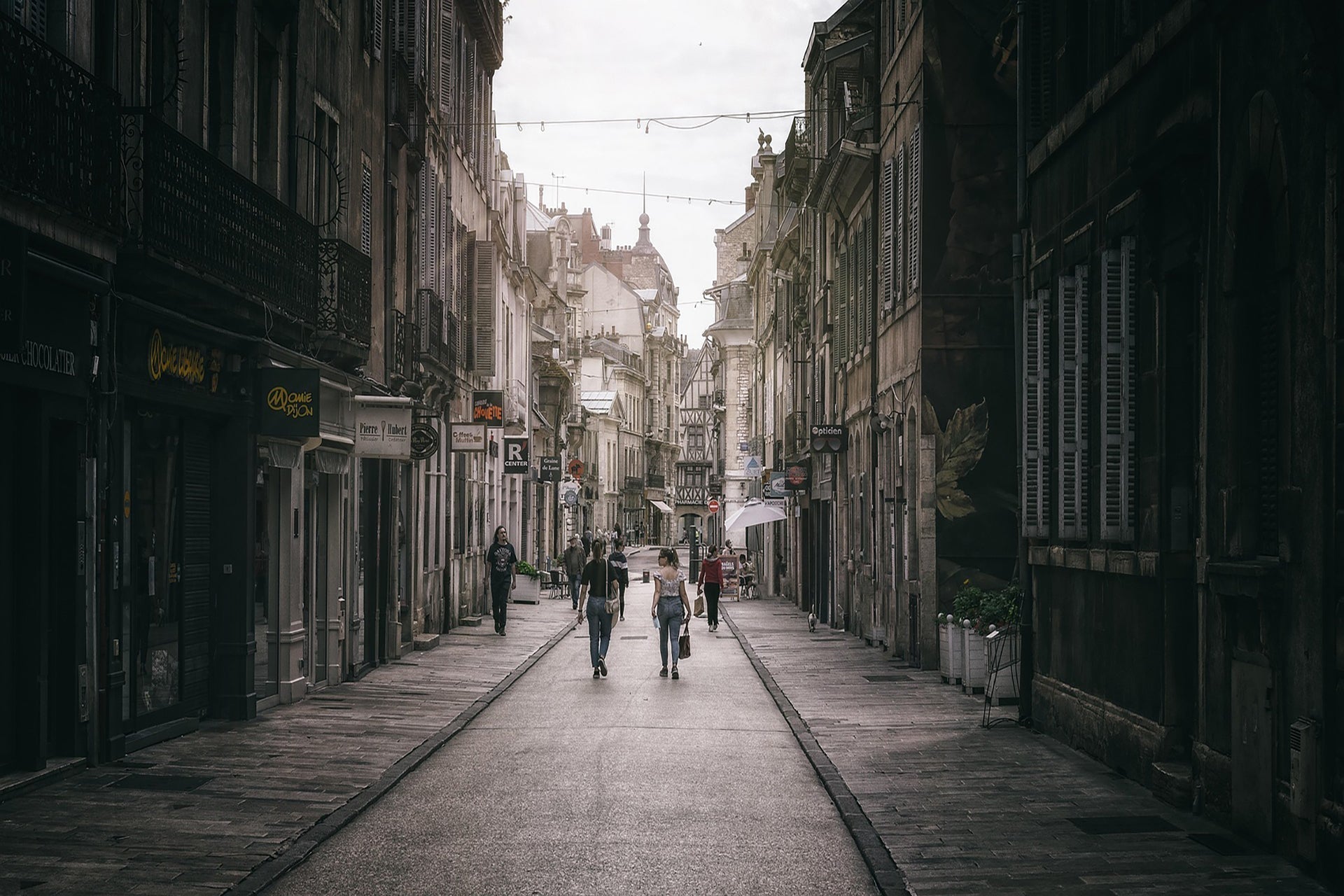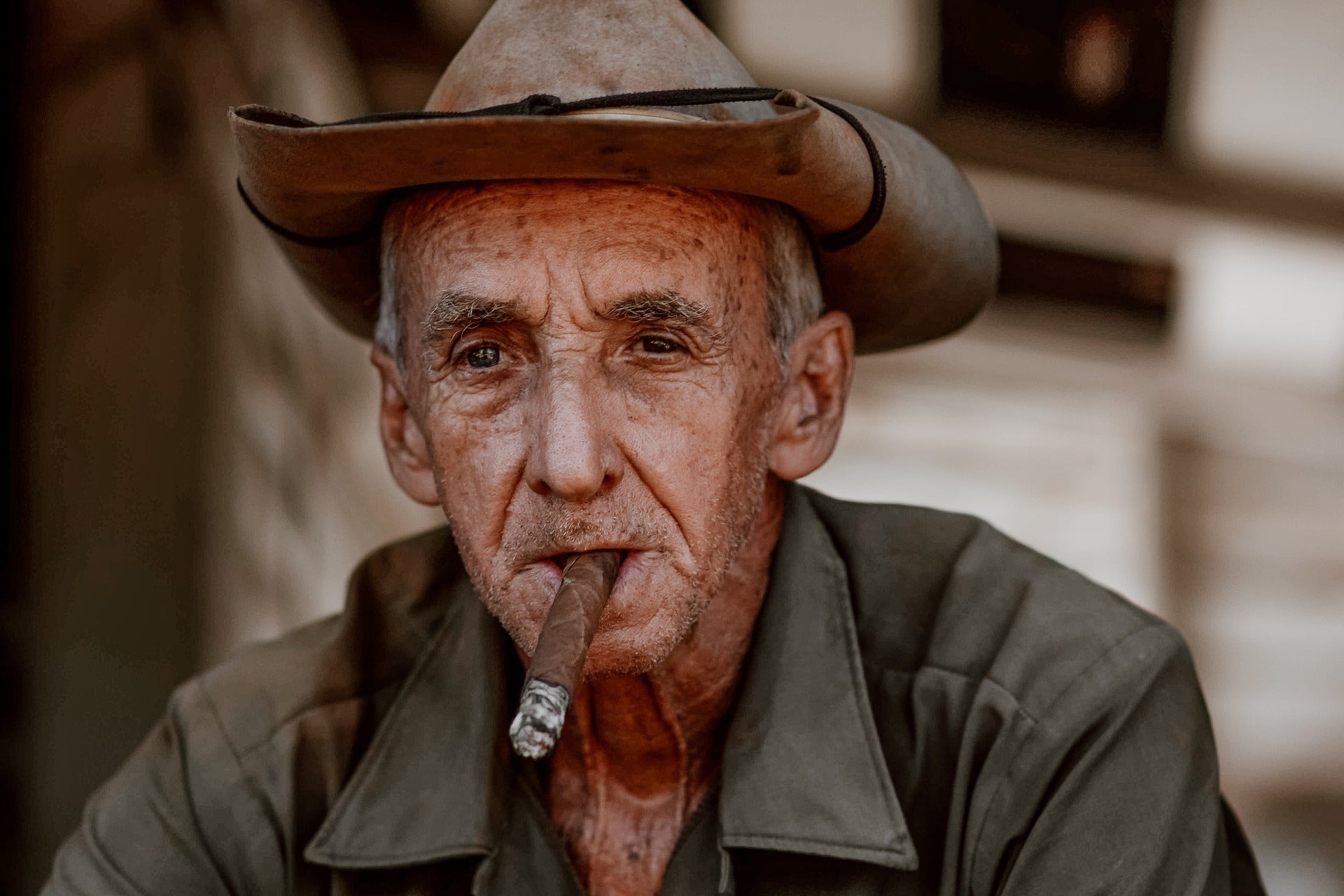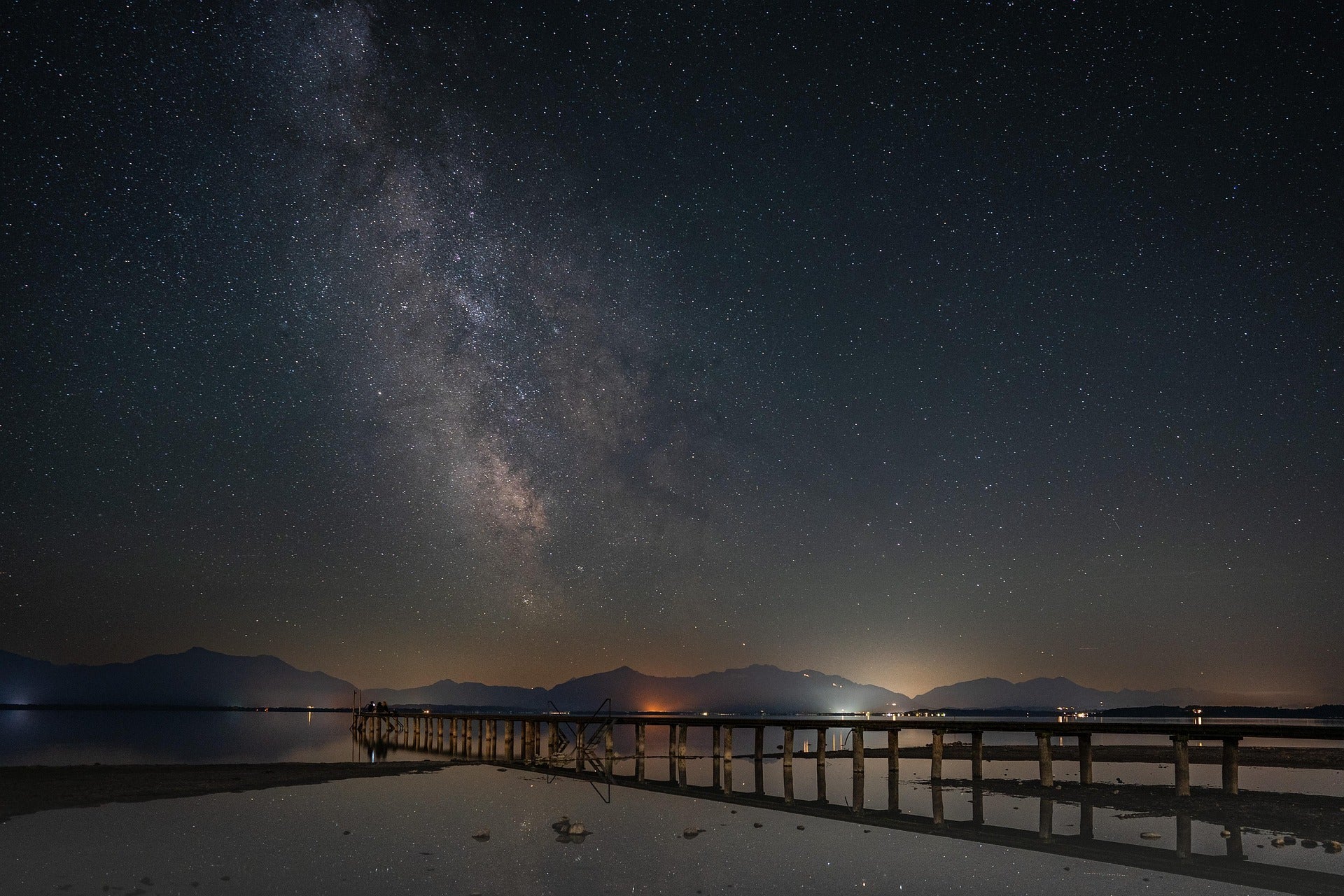
Learning to superimpose: depth in street photography
Street photography looks at the small, often overlooked moments of life around us. You can encounter them anywhere, because street photography is only limited to the streets in the literal sense. It is the entire public space and can be combined with other genres such as architecture or portrait photography in image compositions. With a camera and lenses in your luggage, there is practically always an opportunity for street photography with countless motifs wherever you look. This also offers great opportunities to learn photography: through layering techniques and image compositions from the theory of composition, which create depth in photography and achieve a completely new effect in your images.
Depth perception as another dimension or perspective in photography
Photos usually only depict the world in two dimensions. Unfortunately, this can quickly make them look boring, regardless of the subject. Drama, liveliness or excitement can only be created if you succeed in capturing the third dimension of perception in the images or, to put it more accurately, imitating it. To achieve this, the images must have a perception or effect of depth. This is partly achieved with apertures or the focus, but visual levels are even more important here:
- A spatial effect or perception of depth always requires at least two visual planes - a foreground and a background.
- Even more depth in the photograph is created by a third, middle plane.
- The horizontally superimposed planes produce parallel lines typical of compositional theory for a broad effect of the shot.
What could a street photography image look like with these three visual layers? Imagine you are standing in a marketplace surrounded by special buildings. An image composition that captures this place in its entirety, including depth perception, uses an object in the foreground - perhaps the tables of a street café - then shows the square in the middle level and the buildings in the background. There could also be a person in the foreground, and you combine portrait photography with street photography, including depth perception. If a selected foreground is missing, change your point of view or perspective slightly until something suitable moves into the image section.
Especially in street photography, it makes a big difference how flexibly and quickly you can change your perspective. A lightweight camera bag with an intelligent access system ensures that you carry your equipment safely and at the same time within easy reach, which is ideal for urban forays. Discover suitable models with modular interior compartments for on the go.

Depth effect: further tips for exciting perspectives in photography
- Shoot in portrait format: the format change alone creates a certain perception of depth in your pictures. A photograph in landscape format can be captured at a glance. The portrait format, on the other hand, automatically makes the eyes move. They raise and lower slightly to better take in the image and its components. Even without a specific image composition, this already awakens a simple perception of depth.
- Quickly create perspective in photography: This is just as easy if you move from eye level to a lower viewing angle, possibly very close to the ground. In this way, you create horizontal composition lines in which objects appear smaller and smaller at a greater distance and the entire shot gains depth.
- Framing subjects: Look for a frame for your shot. This can be created by looking through a door or gate, for example. Vegetation such as tree branches can also be used as a frame. Such frames have the effect of a foreground motif and draw the eye into the depth of a photo.
- Another layering technique: Overlap objects in the image. This also creates a three-dimensional impression in your photos. Frames and overlapping direct the line of vision as a stylistic device. Real lines achieve this effect in the same way.
- Use existing lines: These are among the central building blocks of every image composition and can be found everywhere. Typical lines are roads or paths, for example a row of trees in nature. These lines do not have to be straight. However, always pay attention to their course and their positive or negative effect on the overall composition of the picture.
- Contrasts for more depth in photography: Contrasts in light or lighting also help to create more depth in a shot. For example, photograph a brighter, lit or illuminated subject in the background from a much darker location. In this light contract, the eyes automatically move to the brighter area of the image and viewers perceive a sense of depth.
Especially if you are working with light, shadows and lines, you should not do without the right technology. Use a camera with a good dynamic range and store lenses, filters and accessories in a compact, shockproof bag that can be carried inconspicuously when you are on the move. This way you remain flexible at all times.
Street photography provides all the templates for an impressive depth effect in your pictures
The tips for more depth in photography work regardless of the genre. However, hardly any other genre has as much potential for a crash course in image composition with depth effect as street photography. All the compositional elements are right in front of your camera: lines, contrasts, objects and motifs. Grab your camera bag and give it a try! At the same time, you'll get to know the different variations of street photography. Make sure you choose a bag that not only looks stylish, but also protects your equipment. Simple shoulder bags that give you quick access to your camera and lenses - without attracting attention - are particularly suitable for spontaneous street photography.

Urban street photography
The home of urban street photography is actually in the middle of big cities around the world. The aim is to capture the unique atmosphere of places or special moments against their backdrop. In addition to image composition, it often takes a lot of patience to develop a feeling for extraordinary shots. This feeling develops during walks or drives through the city. Look for places that fascinate you. At the same time, experience the places at different times of day or with different moods over the course of the day or night. Slowly, you will collect the motifs and moments that are worth capturing and that will have far more impact than random, quick shots during a sightseeing tour.
An ergonomic camera backpack that is comfortable to carry can be a crucial companion, especially on longer tours through the city. Look out for models with back-friendly padding and space for additional batteries, snacks or a tablet.
Street photography at night
Twilight or even darkness may already be setting in when looking for a subject. Both completely change the image of a city and street photography. This is when the natural time of light or lighting contrasts begins. However, you should already have some experience with night or low-light photography and its basics. Exercise such as a routine in image composition is always very helpful in street photography. Because only then can you quickly take a photo like a snapshot and capture the naturalness or spontaneity of a scene - another important tip right at the end.
A compact camera strap with cut protection is also recommended for night shots or in places with large crowds. It ensures safety in public places and still allows you full freedom of movement - especially in busy or poorly lit locations.
Street art photography
Art is no longer just hidden away in museums. In many places, artists have conquered the cities with street art. Their works offer inspiring motifs. But be careful when using your images later on: commercial use should always be agreed with the artists and on social media such as Instagram, at least a hashtag with attribution is advisable if the creative minds behind the motif are reasonably easy to identify. Also:

Please don't forget to take photos on the streets!
If unknown people come into focus, the pictures should always be taken with care and respect. Unnoticed photos naturally look more natural. However, if the photographer is noticed, this surprise can trigger a wide range of reactions, from a smile to rejection to aggression. At this point, it is advisable to stop taking the photo and obtain verbal or gestural consent. Without this, it is better not to take the picture.

